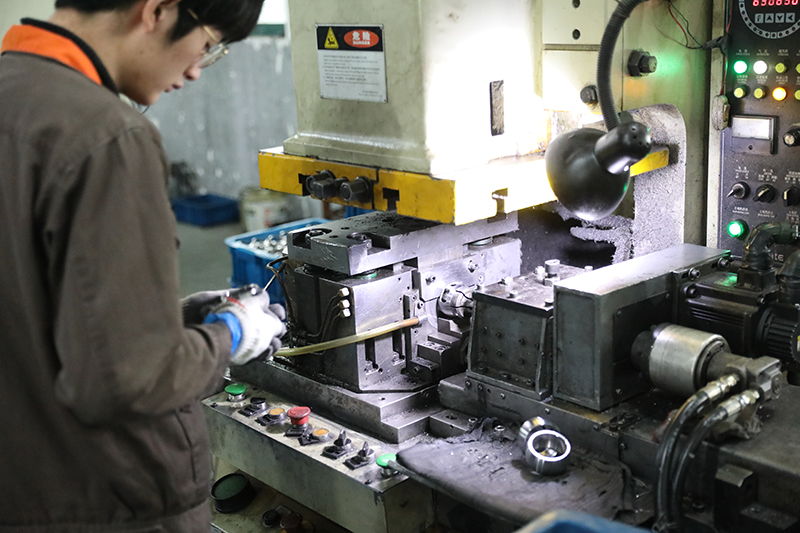Axial movement means that the shaft of the motor will inevitably move slightly along the axis during operation. The axis direction is the direction of the axis, and the direction perpendicular to the axis is the direction of the cylindrical surface of the axis. The axial movement of the cardan shaft, the gap in the sliding spline of the transmission shaft, the centering accuracy of the connection between the two ends of the transmission shaft assembly, the elastic deformation of the transmission shaft during high-speed operation, and the process of spot welding balance plates on the transmission shaft Dealing with other factors can change the unbalance of the drive shaft assembly.
Reason:
Generally speaking, it is caused by the excessively large matching interval between the rotor shaft and the rotor, but there are other reasons, such as the thrust washers (some of them not) at the ends of the bearing are not installed. The axial force generated by the fan, that is, the axial force of the wind on the fan blade; the axial force generated by the change of the electromagnetic field, the axial force generated by the magnetic field when the axial size of the motor rotor changes; the axial positioning table against the bearing Thrust, the thrust when the bearing positioning table contacts the bearing; other forces.

Due to the above-mentioned reasons, if the universal joint shaft leaves its equilibrium position, bending vibration relative to the equilibrium position will occur. The centrifugal inertia force generated by the rotating transmission shaft due to its mass eccentricity is the interference force that causes the bending vibration of the transmission shaft. The frequency of this interference force is equal to the rotational speed of the drive shaft. When the rotation speed of the transmission shaft is equal to the natural frequency of its bending vibration, resonance will occur, causing the amplitude to increase sharply, and there is a danger of breaking the transmission shaft. The speed at this time is generally called the critical speed of the drive shaft, also known as the "dangerous speed".
Due to the imbalance of the cardan shaft assembly, when the car starts, the shaft will produce abnormal noise and the body will vibrate; the noise will be louder when the speed is changed, and the sound will be clearly emitted from the drive shaft when the gear is disengaged, and it will cause transmission in severe cases. The shaft is bent and broken.
Harm:
The sudden movement of the motor shaft increases the gap between the joints that should not be moved relative to each other, which increases the vibration and noise of the motor, which may cause "sweeping" and shorten the service life.